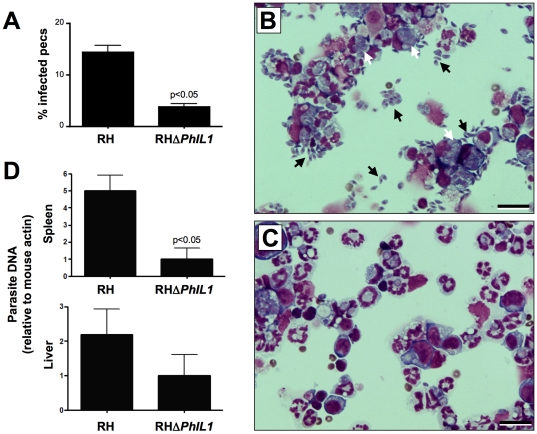Figure 6. Survival and dissemination of TgPhIL1 knockout parasite in a mouse model of infection.
Mice were infected intraperitoneally with 1×104 wild-type (RH) or RHΔTgPhIL1 tachyzoites. (A-C) Peritoneal exudate cells (PECs) were harvested seven days post-infection, spun onto coverslips and examined for the presence of parasites. Panel A shows that PECs from RH-infected mice carry a significantly higher parasite load than those from RHΔTgPhIL1-infected mice (unpaired student t-test, p<0.05). Results shown are the average from five mice, plus or minus standard error. Panels B and C show representative examples of the coverslips from which the data in panel A were derived (Panel B, RH-infected PECs; Panel C, RHΔTgPhIL1-infected PECs). Black arrows indicate extracellular parasites and white arrows intracellular parasites. Scale bars = 20 µm. (D) DNA was harvested from spleen and liver samples seven days post-infection, and qPCR was performed to determine the amount of parasite DNA present. Results shown are the average parasite loads from five mice, plus or minus standard error. The liver and spleen each contained a higher load of RH than RHΔTgPhIL1 parasites, although only the differences observed in the spleen were statistically significant (unpaired student t-test, p<0.05).

